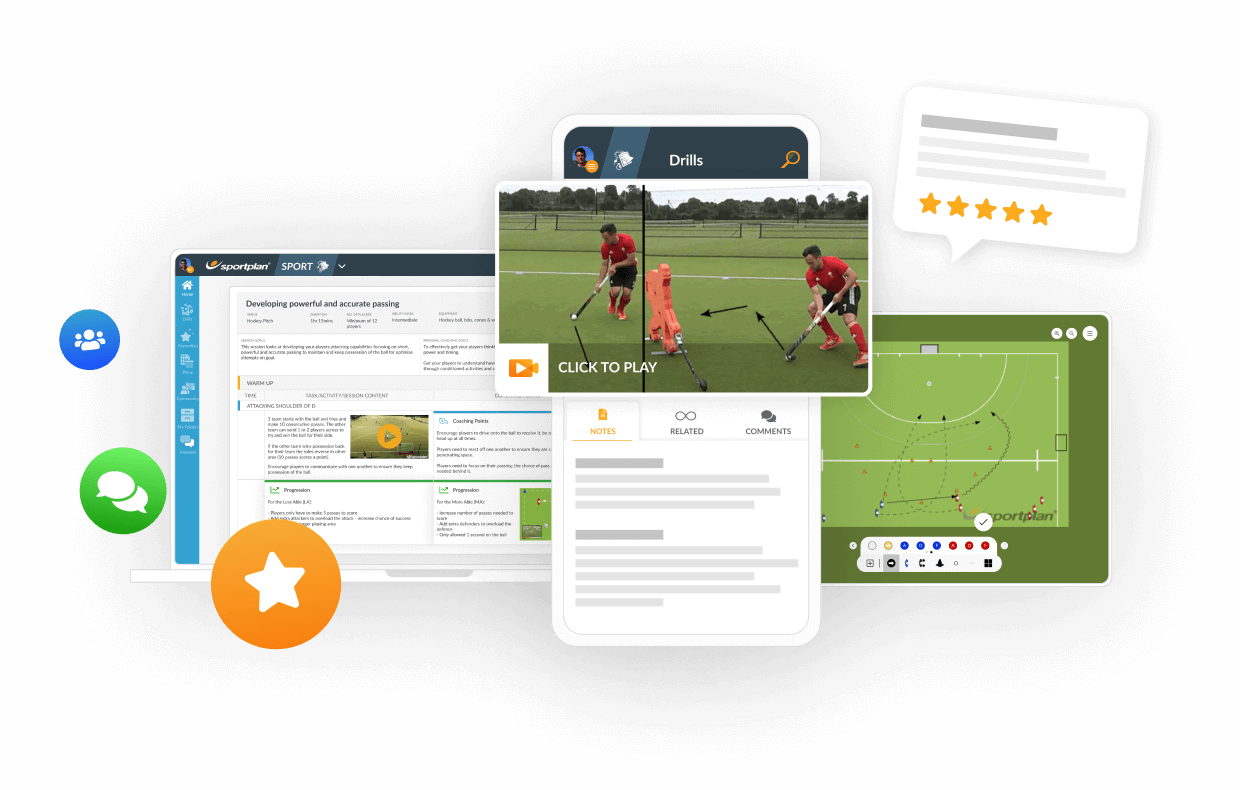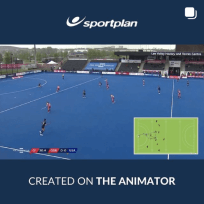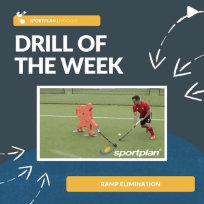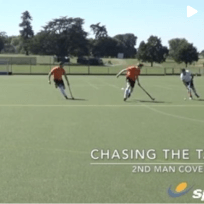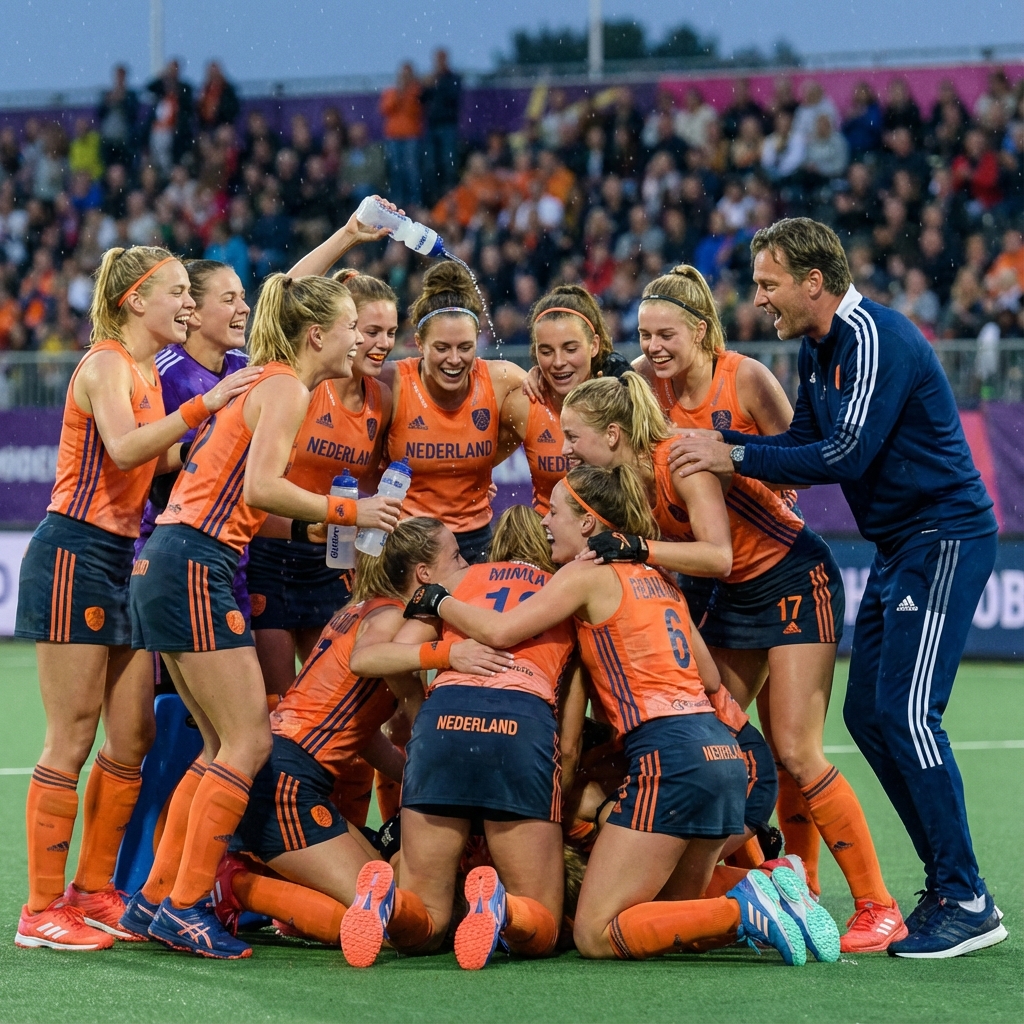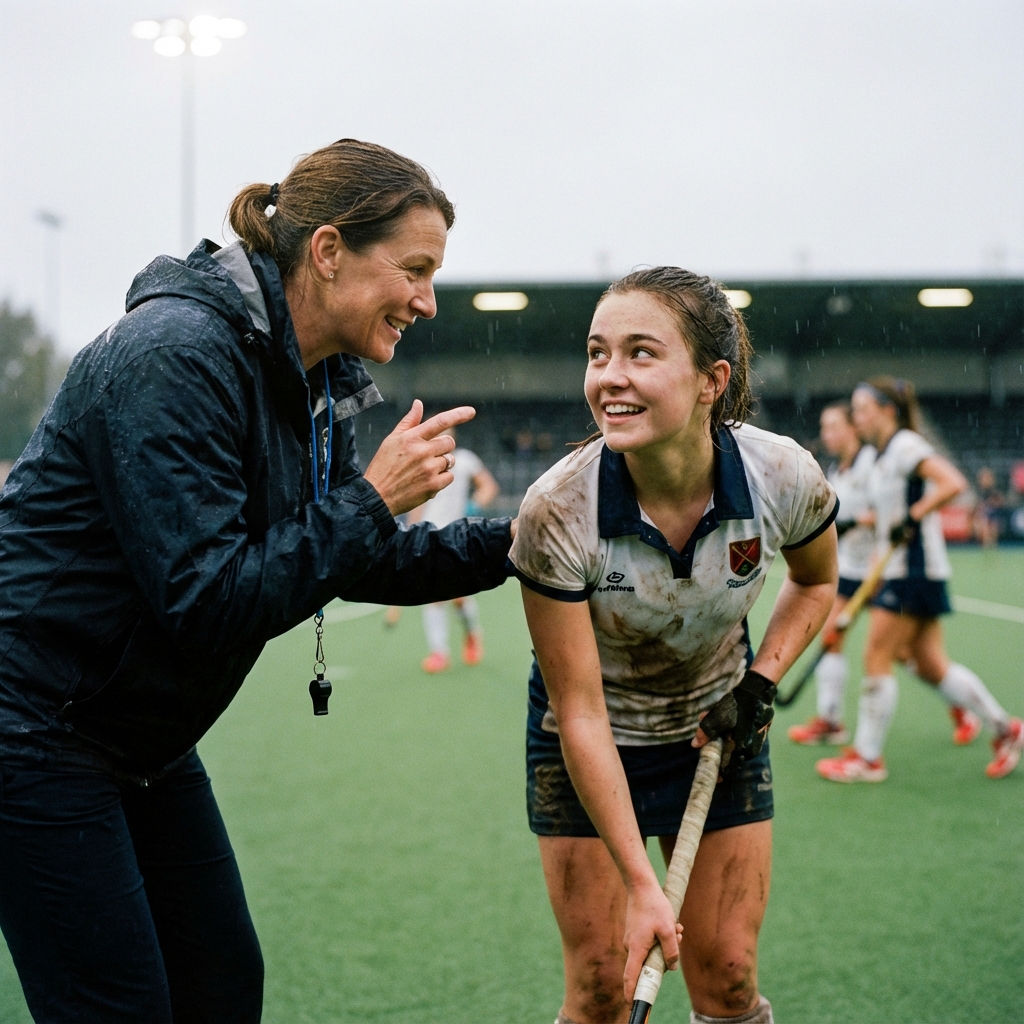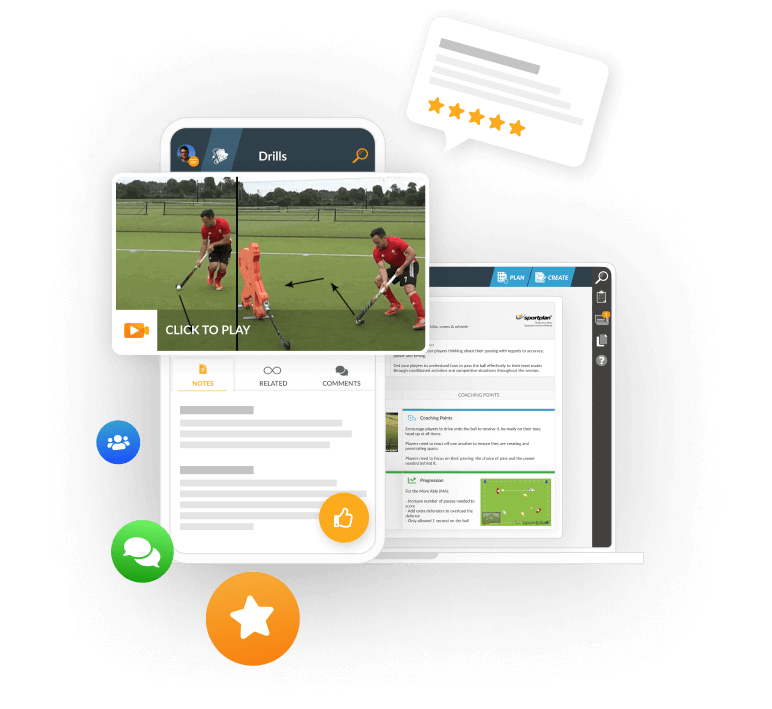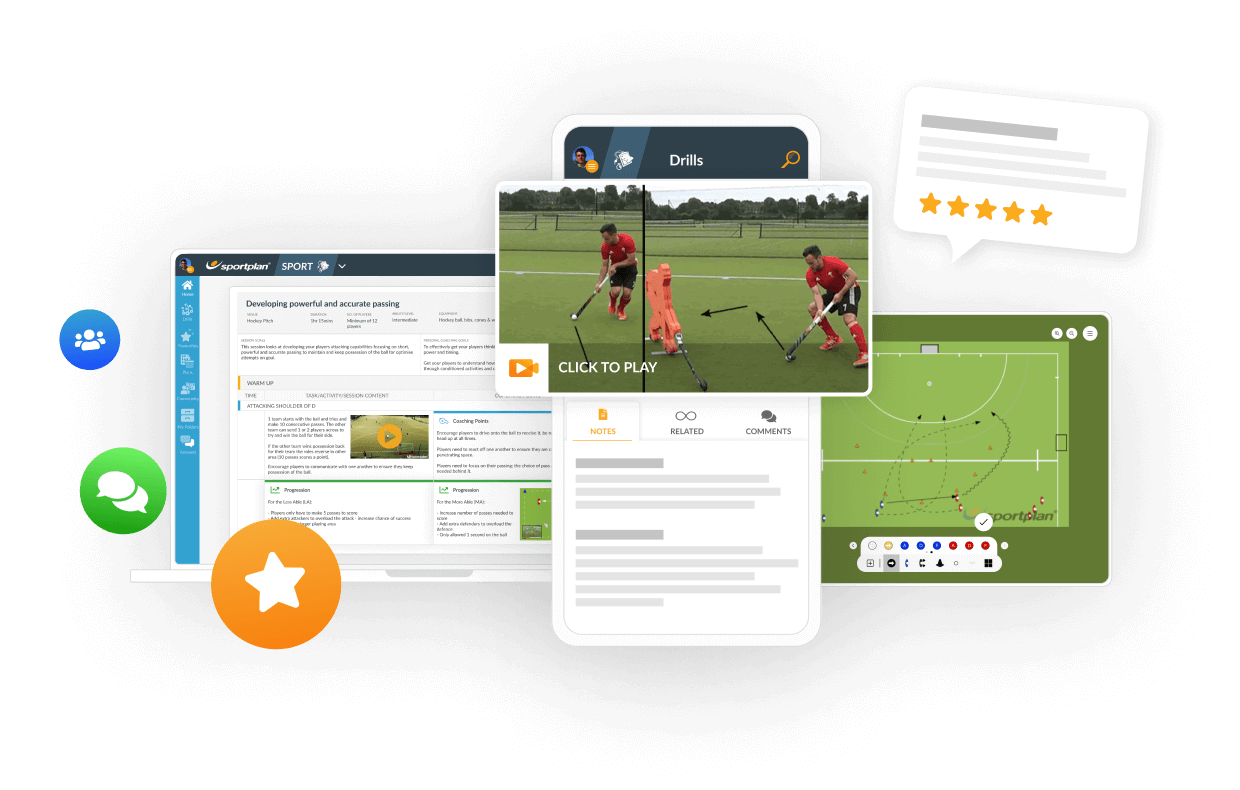Field positioning- how to get youngsters to play their position
How do I get young hockey players to learn to play in their positions? I often tell them what their position details are but they never seem to stick to their positions and end up bunching
Asked using Sportplan Mobile App
This is a bit of a pain as they all want to get the ball but they have more chance of getting it if they are in space away from the ball. Try playing some smaller games with fewer players with zones; so defenders can only go so far up the pitch and attackers can only come so far back. This is more of a starting point as in a game and at older ages these boundaries are more flexible but it does show the general place they should be in each position.Watching older teams can also be beneficial as you can tell your Left Back to watch their Left Back etc. To get a better idea of where to be.
Answered using Sportplan Mobile App
Positions are of course important but it is more important to help players to understand team shape rather than having fixed and rigid positioning.
If there is the opportunity for an attacking overlap from your right half then surely you would want them to recognise it and exploit it by joining the attack.
Players on the left hand side will then need to recognise this, identify the threats (on potential turnover) and reposition accordingly.
Create a small sided game where freedom of movement is allowed but overall numbers in certain zones (team shape) needs to be maintained. Perhaps 3 zones (Def, m/f, att) works well.
Give players the chance to decide what their team shape (how many in each zone) will be and experiment with different ones. You can ask them to consider the pros and cons of each one. I encourage teams to think about maximum and minimum numbers in each zone (rather than absolute numbers) to allow them to think about how this is different depending where the ball is/who has it/where are the opposition/what`s the score/how long left on the clock etc.
Throw in some constraints (covertly ask one team to play in a certain formation) to encourage the other team to identify the threats and opportunities that this presents.
(With younger teams this also helps to eliminate the crowding around the ball)
There is lots you can do with this. Be creative with your constraints and ask lots of questions to promote thinking and engagement. Give them opportunities to make decisions for themselves, perhaps by agreeing their team shape, or by amending the game rules for just a couple of examples.
Thank you very much. I will put these ideas to good use.
Answered using Sportplan Mobile App







